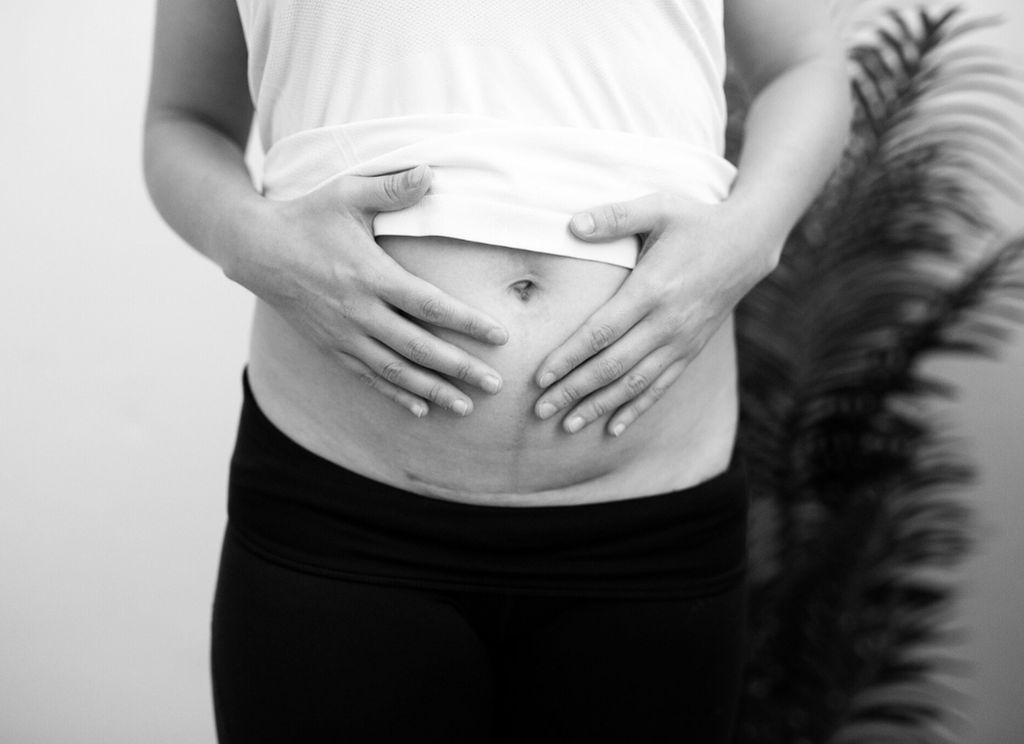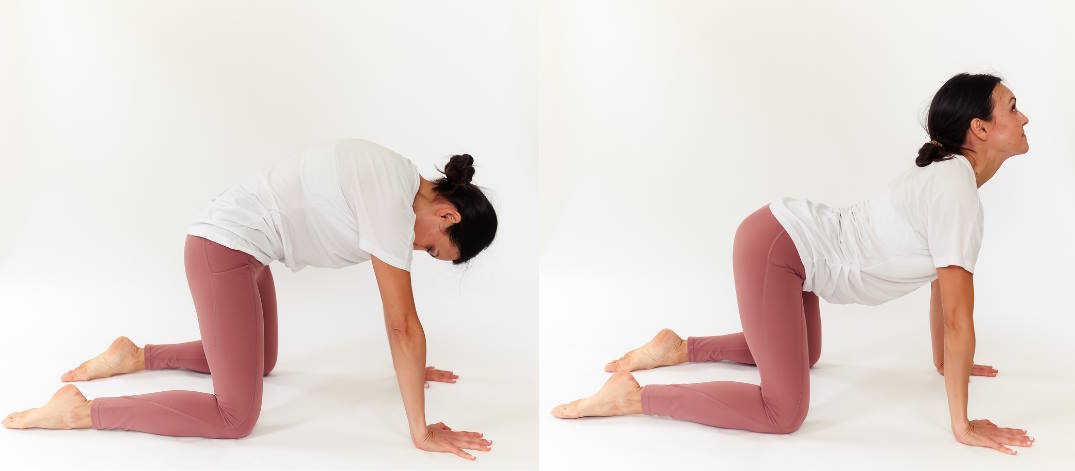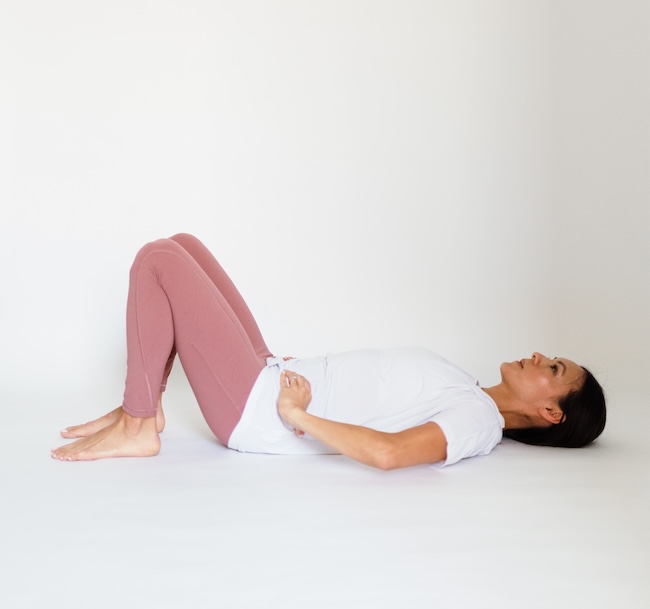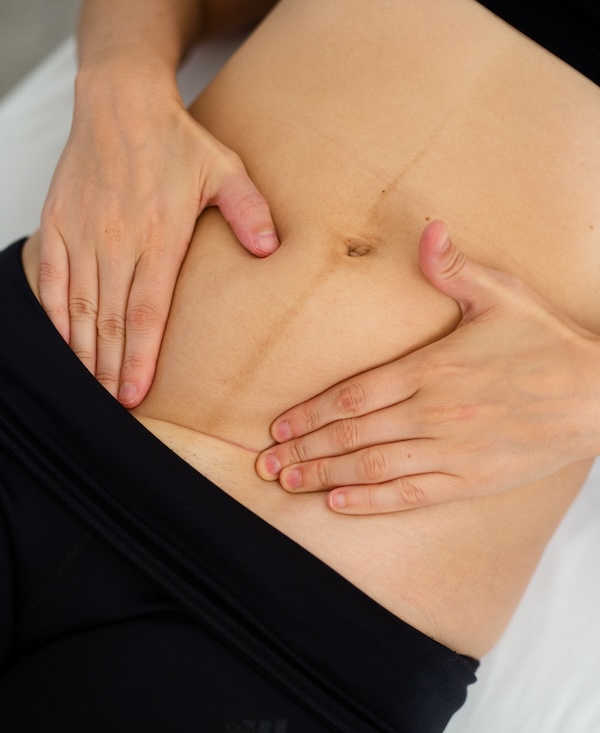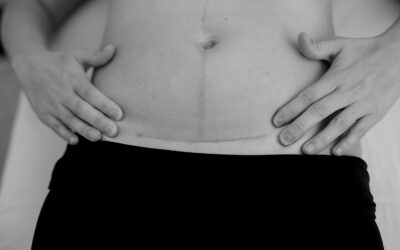So much happens to our bodies during pregnancy, childbirth, and postpartum. And in the aftermath of bringing an entire human or humans into the world, you might be wondering if a “mommy makeover” is right for you.
First, please hear this: There’s so much pressure to “bounce back” after having a baby. But there’s no size, weight, shape, or number that can measure what you’ve experienced in your journey to and through motherhood.
Second, I honor that for some people, healing their mind-body relationship postpartum may include interventions like plastic surgery. And if that’s you, I’m here to support you—specifically in regard to how to care for your pelvic floor and core during your mommy makeover recovery period. So let’s talk about mommy makeovers and how to care for yourself after a procedure.
What’s a “Mommy Makeover?”
A “mommy makeover” is the casual term for a variety of augmentations, like breast lifts, liposuction, diastasis recti repairs, tummy tucks, and more. Mommy makeovers aren’t one-size-fits-all processes, so it’s important to talk with a board-certified plastic surgeon about your goals and desired amount of intervention.
Guidelines for Exercise After a “Mommy Makeover”
You should always follow your doctor’s recommendations for your personalized mommy makeover recovery plan. But there are a couple general guidelines you can expect for exercise after a tummy tuck or other procedure.
#1 Your Mommy Makeover recovery plan will depend on your interventions.
Recovering from a breast augmentation is different from recovering from a tummy tuck. (Which is different from recovering from both at the same time!) Generally, abdominal surgeries like a tummy tuck require the longest recovery. Depending on your chosen intervention(s), you can expect to be in active mommy makeover recovery for anywhere from one week to six months! Engaging in pelvic floor physical therapy at home though the V-Hive Post-Surgical Series, can help you recover faster.
#2 Exercise is an important part of your recovery.
Whether it’s massaging your scar or doing core workouts, moving your body is really important post-op. Start walking and focusing on standing upright as early as day 1. Focusing on mobility and blood flow to your affected areas can improve your outcomes. But there’s definitely a right and wrong way to go about it, so keep reading.
#3 A slow return to exercise is necessary.
Your doctor will probably restrict exercise for at least six weeks after your procedure. And when you do return to those activities, it’s important to start slowly. Try low-impact exercises like walking before you graduate to running. Lift small before setting a new PR.
#4 Pay attention to your breathing while exercising.
Inhaling or holding your breath with exertion puts increased pressure on your pelvic floor and core. That’s never a great idea, but it’s particularly risky in the post-op mommy makeover recovery process—especially after something like a tummy tuck. So remember, always exhale with exertion. This will prevent additional complications and improve overall healing.
#5 Wear an abdominal support.
For the first few weeks post-op, a soft abdominal binder can offer additional support while protecting your incision and decreasing swelling. Get my belly binder recommendations here.
#6 Look out for warning signs.
Once you do return to your normal activities, including exercise, it’s important to watch out for warning signs that you’re pushing too much or too quickly. Be on the lookout for:
- New or excessive pain or swelling.
- Changes in and around your wound sites, like bruising, bleeding, or discharge.
- Signs of whole-body infection or illness.
- Pelvic floor changes, like leakage, pain, pressure, or prolapse.
4 Exercises for Mommy Makeover Recovery
Physical therapy can be a safe and effective way to move your body and promote recovery. Try these to get you started!
#1 Diaphragmatic Breathing
Belly breathing is the first step to reconnecting with your core after surgery. Holding your breath can keep muscles tense and prevent proper relaxation. Deep breathing can help to expand any tighter tissue, like around any scarring.
Lie on your back with your knees bent. Put one hand on each side of your rib cage. Deeply inhale, inflating your ribcage as if it’s opening up like an umbrella. Slowly exhale. Allow one breath to flow smoothly into the next. Repeat for 10-20 breaths.
#2 Cat-Cow Pose
Get on all fours. Keep your hands shoulder-width apart and your knees directly below your hips. Inhale deeply and curve your lower back, bringing your head up and tilting your pelvis. Exhale deeply and bring your abdomen in, arching your spine and bringing your head and pelvis down. Repeat the stretch.
#3 Transverse Abdominis (TA) Contractions
The transverse abdominals (TAs) are the deepest layer of your abdominal wall. Focusing on this area can build pelvic floor and core strength and coordination. A great way to engage these muscles is with a TA contraction!
Lie flat on your back with your knees bent, feet resting on the floor. Perform a diaphragmatic breath inhalation to prepare. Exhale, then perform a Kegel as you draw your pelvic floor and lower abdominals inward. Imagine gently drawing your hip bones together to engage your deep core. Inhale and repeat.
#4 Heel Slides
Lie on your back with your legs extended, feet slightly apart. With your core contracted, slide your right leg as close to your butt as you can. Hold for 5 seconds, then slowly slide your heel back to starting position. Repeat with your left leg. Experiment with toe placement, pointing them outwards or flexing them back toward your shin.
#5 Scar Massage
By massaging scars, such as around your abdomen after a tummy tuck, you can decrease scar restriction and promote healing. Massage helps to increase blood flow and sensation in the area. Depending on the location of your scar, massage can prevent scar sensitivity, pelvic pain, constipation, and bladder problems. Before massaging your scar, get confirmation from your doctor that your wound has healed sufficiently. To massage your scar:
- Start 2-3 inches above or below the scar until your scar is completely healed, typically around 8-12 weeks.
- Apply gentle pressure with your finger to the scar and the surrounding 2-3 inches of tissue.
- Run your finger in a circular motion around the scarring, moving the tissue up, down, and side to side.
- Spend extra time on the areas that feel tighter.
- Use something like coconut or vitamin E oil for a self-care double-whammy.
Spending two to three minutes a few times a week on scar management can help you recover better and faster. Scar massage can also help improve the appearance of stretch marks for some people.
Congrats, Mama!
Whether you gave birth days or decades ago, your body did something big. Now, it’s time to show it some love, and pelvic floor PT can help. As a V-Hive member, you can get exclusive access to my Post-Surgical Series, which walks you through gentle strengthening routines to reduce pelvic floor challenges after pelvic or abdominal surgery. V-Hive memberships begin at just $21/month, and you can start today with a 7-day free trial.

